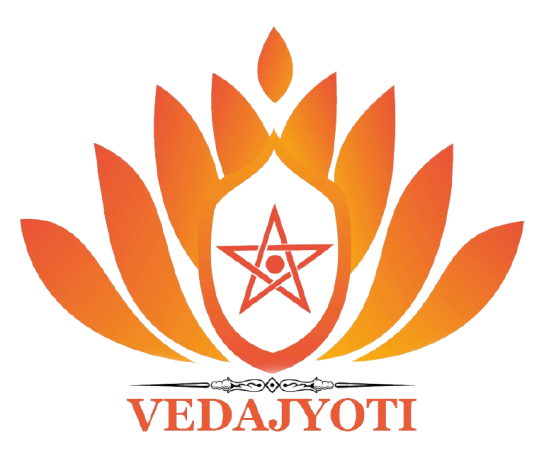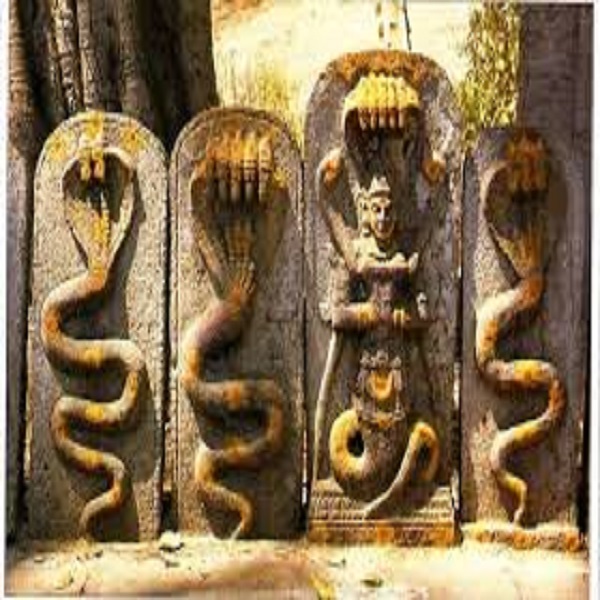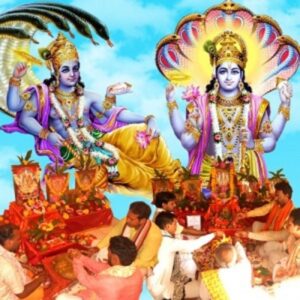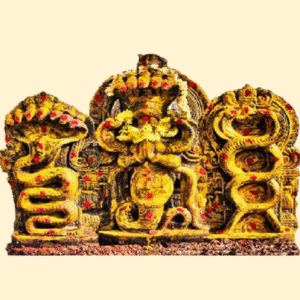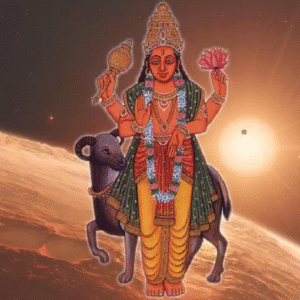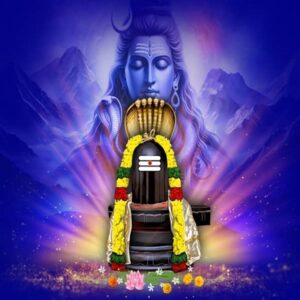₹1,499.00
- Nāga Pratiṣṭhā means installing or consecrating images of Nāga Devatas (serpent deities) under sacred trees or in temples.
- Āyilya Homam (ஆயில்ய ஹோமம்) is a Vedic fire ritual performed especially on Ayilya Nakshatram day, invoking serpent gods like Adi Sesha, Vasuki, Karkotaka, and Manasa Devi.
- These rituals are mainly aimed at removing Sarpa Dosha, ensuring family welfare, and pacifying ancestral karmas.
Description
Why Perform Nāga Pratiṣṭhā / Āyilya Homam?
| Purpose | Benefits |
|---|---|
| Relief from Sarpa Dosha (as per horoscope) | Removes obstacles in marriage, childbirth, health |
| For fertility / childbirth issues | Grants blessings for healthy progeny |
| To overcome repeated miscarriages or infertility | Brings divine healing and protection |
| For ancestral curse (Pitru Dosha) | Grants peace to souls and ancestral blessings |
| For Naga Devata blessings | Ensures family growth, health, and harmony |
| To cure skin and chronic diseases | Especially those related to nerves or poisons |
Homam Procedure
- Purva Kriyas (Preliminary)
- Sankalpam: State the name, nakshatra, gothra, and intention.
- Ganesha Pooja – for obstacle removal
- Kalasha Sthapana – invoking water as divine presence
- Pooja to Nāga Devatas
- Idol/stone (usually a five-headed Nāga or Nāgaraja idol)
- Abhishekam with milk, turmeric, sandal, honey, and rose water
- Archana with 108 Nāga names
- Āyilya Homam
- Mantra chanting and offerings into fire (Ghee, Darbha, Naga Samithu)
- Recitation of:
- Sarpa Sukta
- Aslesha Bali Mantra
- Naga Gayatri:
Om Sarpa Devaya Vidmahe, Ananta Rupaya Dhimahi, Tanno Nagaḥ Prachodayat
- Purna Ahuti (final offering)
- Distribution of Prasad and Theertham
- Nāga Pratiṣṭhā (Optional but powerful)
- Installation of stone Nāga idols under:
- Peepal tree (Arasa Maram)
- Banyan tree (Aala Maram)
- In temples or home shrines
- Performed with priest guidance and appropriate rituals
Best Days to Perform
| Tithi / Nakshatra | Why |
|---|---|
| Āyilyam (Ayilya) Nakshatra | Birth star of Nāga Devatas |
| Shasti (6th Lunar Day) | Linked to Murugan and serpents |
| Naga Panchami (July/Aug) | Most sacred day to honor serpent gods |
| During Rahu Kalam (if for dosha removal) | Neutralizes planetary afflictions |
Ideal Locations for Nāga Pratiṣṭhā
- Kukke Subramanya (Karnataka)
- Sree Nagaraja Temple, Mannarasala (Kerala)
- Kalahasti Temple (Andhra Pradesh)
- Thirunageswaram (Tamil Nadu)
Can also be done at home or near a tree with sacredness, if no temple access.
Homa Samagri (Ingredients)
- Ghee, Cow Milk, Honey
- Turmeric, Kumkum, Sandal paste
- Darbha grass, Sesame seeds
- Bilva, Tulsi, Arugu, Erukku leaves
- Naga Idols (usually 5 or 7 hooded)
- Naga Devata Yantras (optional)
- Fruits, dry coconut, cooked rice
Who Should Perform This Homam?
- Couples with fertility or childbirth delays
- People with unmarried issues, especially females
- Those with Kaal Sarpa Dosha / Naga Dosha in their horoscope
- Anyone facing family lineage block, repeated illness, or skin diseases
- People with Pitru Dosha (ancestral dissatisfaction)
